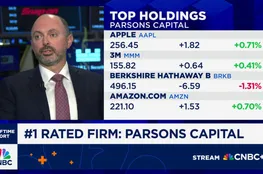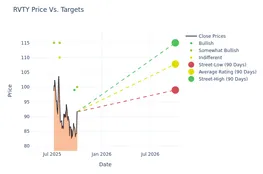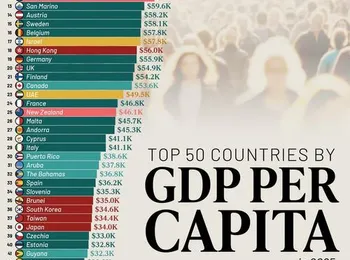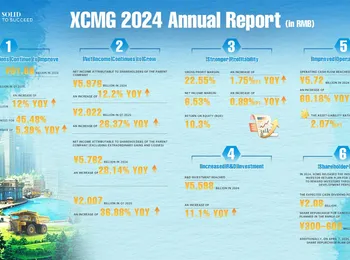Eni is setting an ambitious target, aiming for its low-carbon business profits to equal those of oil and gas by 2035, with projections exceeding oil and gas income by 2040. This strategic shift is being spearheaded by CEO Claudio Descalzi, marking a notable divergence from the approaches adopted by many other major oil and gas companies. Descalzi stated in an interview with the Financial Times that "By 2035, the operating profit created by our new companies will balance what is coming from oil and gas, in 2040 it will be more than oil and gas." He acknowledged the need for continued investment while cautioning against unsustainable growth, stating, "I believe growth is important, but you can also have a bubble. To grow, you have to invest, and your free cash flow is always negative." This suggests a realistic expectation that Eni’s low-carbon ventures will remain unprofitable for a considerable period, requiring ongoing financial support.
However, it’s crucial to note that Eni’s definition of "low-carbon businesses" differs from a purely renewable energy perspective, as highlighted by the Financial Times in its report. The company operates two distinct entities, referred to as "satellite" companies, each with a specific focus. One specializes in biofuel production coupled with hydrocarbon fuel retail, while the other concentrates on wind, solar, and electric vehicle (EV) charging alongside residential gas and electricity distribution.
Despite initial concerns, both ventures have proven profitable, primarily due to the robust financial backing provided by the company’s established hydrocarbon segment. The Financial Times report indicated that the biofuels and EV charging operations were not generating substantial revenue on their own. Nevertheless, when integrated with the company’s extensive fuel station network and gas distribution business, these operations have secured the necessary funding to thrive. This strategic combination has significantly enhanced the attractiveness of Plenitude and Enilive to external investors.
Recently, Eni completed two minority stake sales within these companies, generating a substantial $4 billion in cash. This financial injection underscores the current appetite among investment firms for well-established businesses with growth potential. As Descalzi emphasized to the FT, "The capital is there and infrastructure funds are looking for good businesses, but they want to understand what is inside."
The success of Eni’s strategy hinges not just on growth itself, but on demonstrating a clear path to profitability, integrating these newer ventures with the company’s existing, profitable hydrocarbon operations. This approach allows Eni to leverage its established infrastructure and financial resources to support the development of its low-carbon businesses, creating a mutually beneficial ecosystem. The company’s recent financial transactions highlight the confidence investors have in Eni’s ability to successfully navigate the energy transition, demonstrating a willingness to invest in businesses with strong underlying fundamentals and a strategic alignment with global energy trends.
The focus on attracting infrastructure funds further indicates a long-term commitment to Eni’s ambitious plans, signaling a belief in the company’s leadership and its ability to capitalize on the evolving energy landscape. Ultimately, Eni’s strategy represents a calculated move towards a diversified energy portfolio, balancing the continued contribution of its traditional oil and gas assets with the burgeoning potential of its low-carbon businesses. This combination is viewed as essential for sustainable growth and long-term value creation within the energy sector. The company’s recent financial successes are a testament to this carefully considered approach, demonstrating that a blend of established revenue streams and innovative low-carbon ventures can create a resilient and prosperous energy business for the future.
























